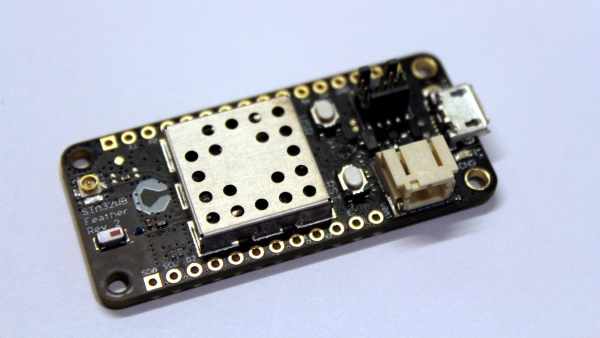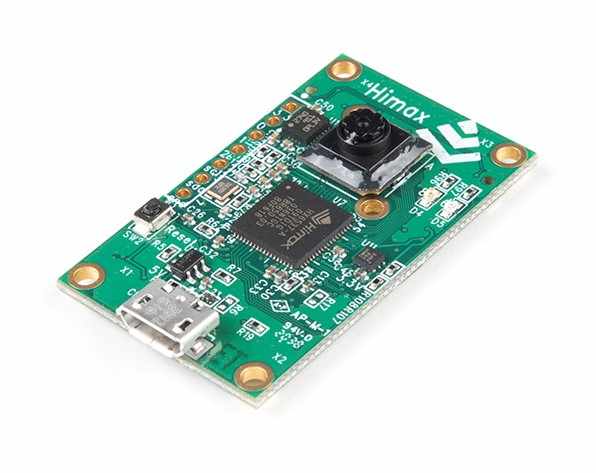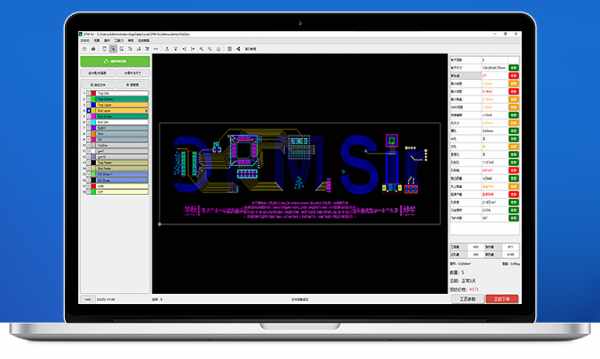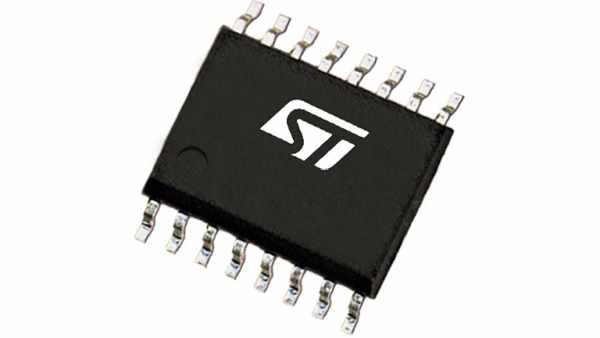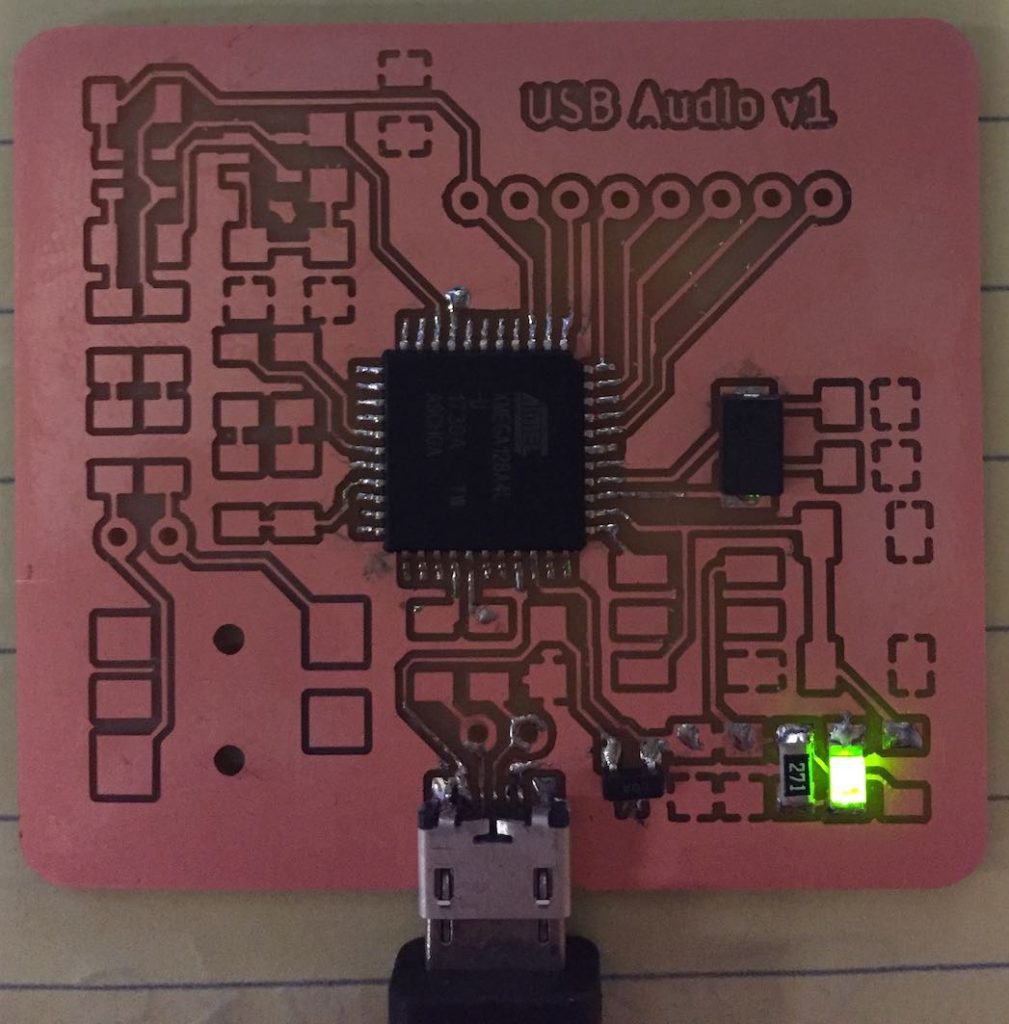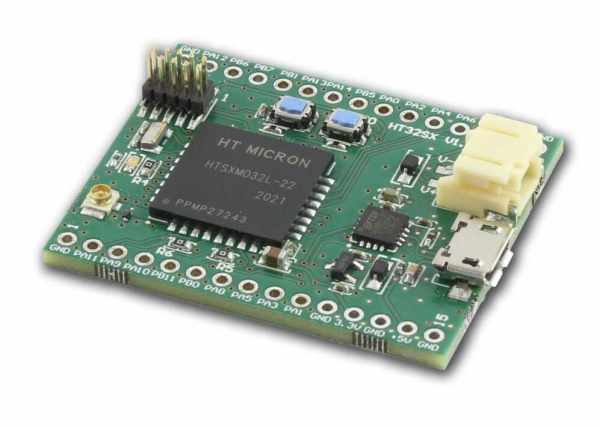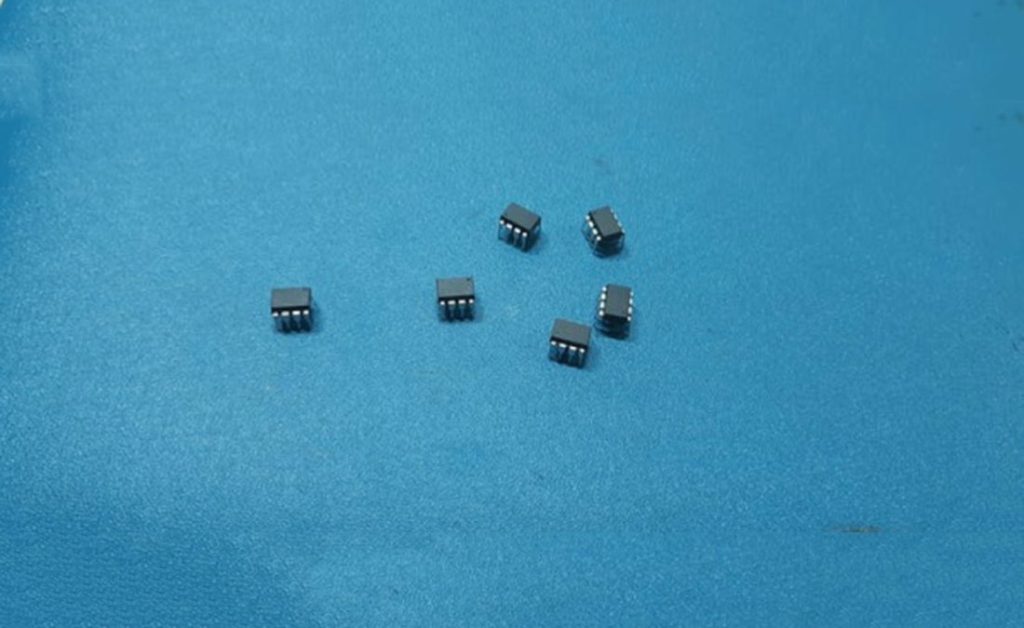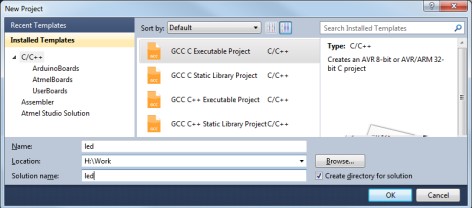STM32WB FEATHER DEVELOPMENT BOARD WITH STM32WB55 BLUETOOTH 5.0 SOC SELLS FOR $45
Reclaimer Labs has launched an STM32WB Feather development board that is based on STMicro’s first wireless STM32 MCU which was announced sometime around last year. The STM32WB Feather board like other development boards in the STM32 family of wireless MCUs is built around the STM32WB55CG SoC which includes an 64MHz Arm Cortex‐M4 running as the main processor along with a 32MHz Cortex‐M0+ […]
STM32WB FEATHER DEVELOPMENT BOARD WITH STM32WB55 BLUETOOTH 5.0 SOC SELLS FOR $45 Read More »

